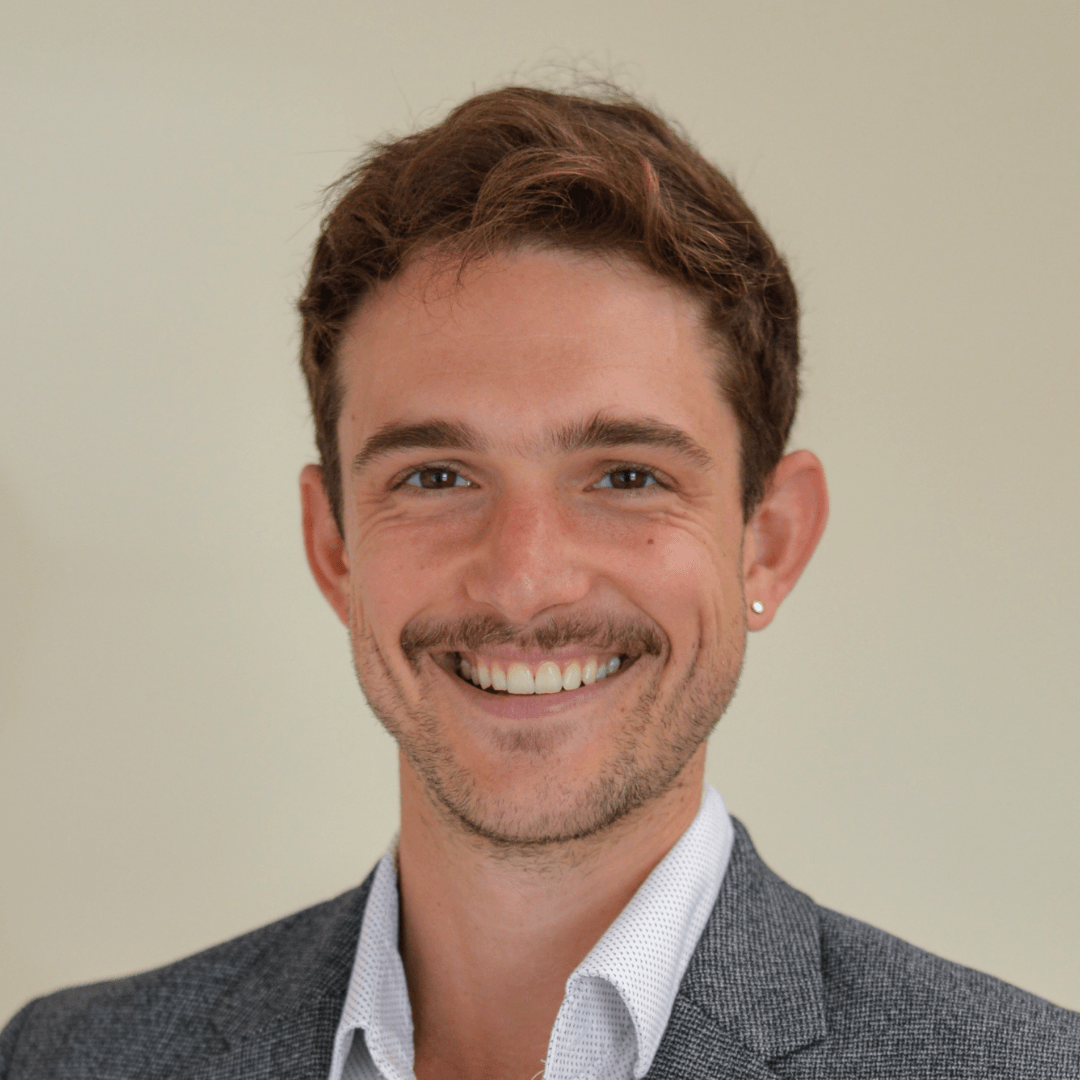Overview
What are varicose veins?
What are the main signs and symptoms of varicose veins?
How are varicose veins diagnosed?
What are some of the main medical treatments for varicose veins?
Have any supplements been studied for varicose veins?
How could diet affect varicose veins?
Are there any other treatments for varicose veins?
What causes varicose veins?
Examine Database: Varicose Veins
Frequently asked questions
Does weight loss help with varicose veins?
Can exercise help with varicose veins?
What are the risk factors for varicose veins?
How do genetics affect the risk for varicose veins?
Does pregnancy increase the risk for varicose veins?
References
Examine Database References
- Chronic Venous Insufficiency Signs - Allegra C, Pollari G, Criscuolo A, Bonifacio M, Tabassi DCentella asiatica extract in venous disorders of the lower limbs. Comparative clinico-instrumental studies with a placeboClin Ter.(1981 Dec 15)
- Chronic Venous Insufficiency Signs - Marastoni F, Baldo A, Redaelli G, Ghiringhelli LCentella asiatica extract in venous pathology of the lower limbs and its evaluation as compared with tribenosideMinerva Cardioangiol.(1982 Apr)





